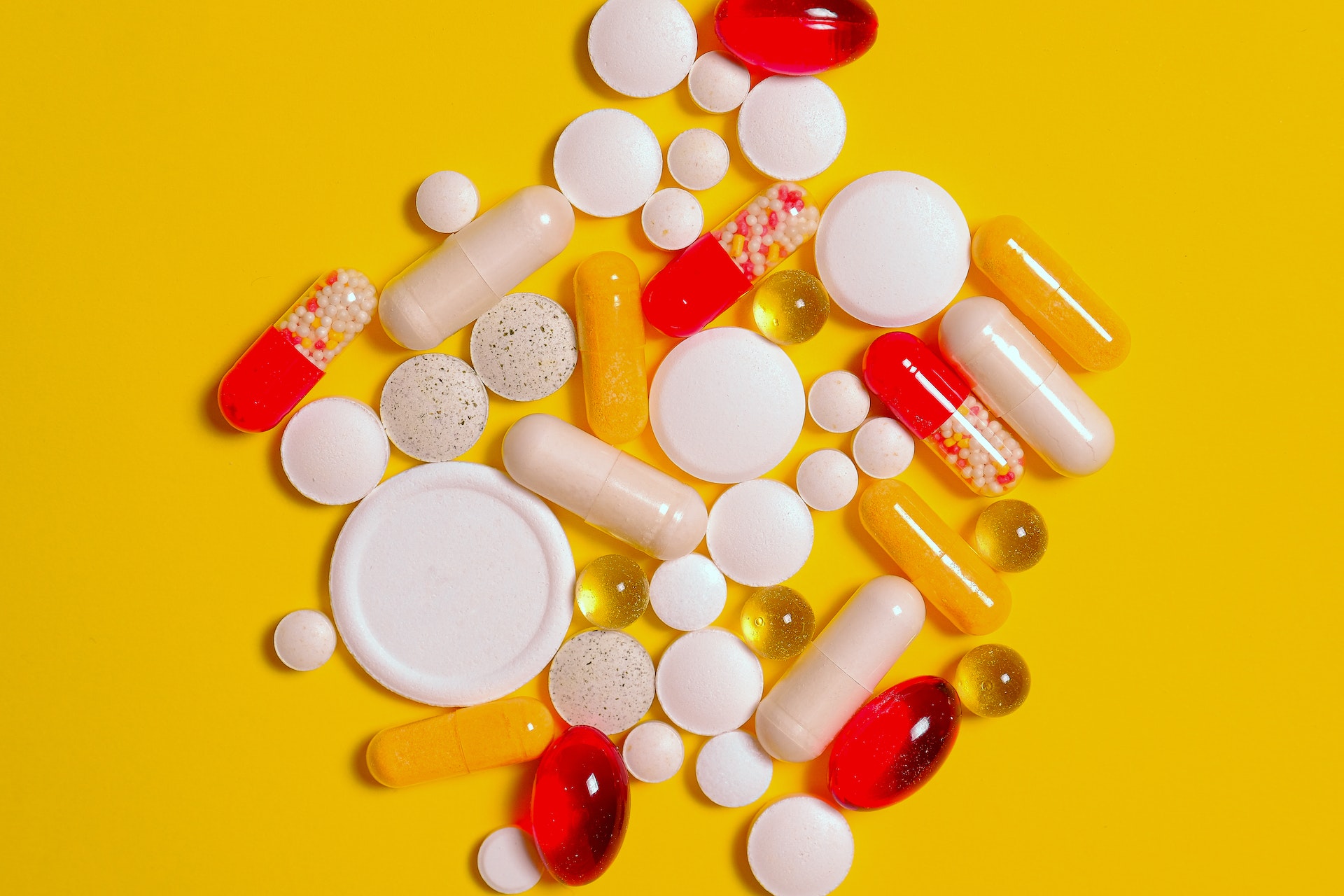Which drugs are considered “critical” by the EMA

The European Medicines Agency (EMA) has drawn up an initial list of essential medicines, the prevention of shortages of which is particularly important. All the details
For the European Medicines Agency (EMA), the supply of more than 200 active ingredients of medicines for human use considered essential for health systems throughout the European Union must be continuous because they involve medicines that are not easily replaceable in the event of shortages. .
This is why it has drawn up a first list which will be expanded in 2024 and then updated every year.
THE AREAS TO MONITORING
In a nine-pagedocument , the EMA has divided into categories the drugs that can never be missing within the EU.
The sections concern: alimentary tract and metabolism; blood and blood-forming organs; cardiovascular system; genitourinary system and sexual hormones; systemic hormonal preparations, excluding sex hormones and insulins; anti-infectives for systemic use; antineoplastic and immunomodulatory agents; musculoskeletal system; nervous system; pesticide, insecticidal and repellent products; Respiratory System; sensory organs.
NUTRITIONAL TRACT AND METABOLISM
For the alimentary tract and metabolism, the EMA highlights the importance of guaranteeing the supply of esomeprazole, the active ingredient for drugs that treat peptic ulcers and gastro-esophageal reflux disease, as well as substances for intestinal anti-infectives, insulins and analogues, and other mineral supplements.
BLOOD
As regards medicines that affect the blood and bone marrow, the only organ responsible for the synthesis of the figurative elements of the blood, the active ingredients to keep an eye on involve antithrombotic agents (including heparin), antifibrinolytics, vitamin K and others haemostatics, vitamin B12 and folic acid, blood and related products (albumin and plasma proteins), intravenous solutions (potassium chloride and magnesium sulphate), other haematological agents.
CARDIOVASCULAR SYSTEM
For the cardiovascular system there are class I and III antiarrhythmics, cardiac stimulants (excluding cardiac glycosides), vasodilators used in heart disease, high concentration diuretics and beta-blocking agents.
GENITO-URINARY SYSTEM AND SEXUAL HORMONES
For the genitourinary system and sexual hormones, the EMA reports methylergometrine for uterotonics, salbutamol and mifepristone.
SYSTEMIC HORMONES
Among systemic hormonal preparations, excluding sex hormones and insulins, some active ingredients for corticosteroid drugs for systemic use, antithyroid preparations and glycogenolytic hormones, among others, have been identified.
ANTI-INFECTIVES (INCLUDING VACCINES)
In the category of anti-infectives it will be essential not to lack penicillins, antibacterials, antifungals, drugs for the treatment of tuberculosis and leprosy, direct-acting antivirals, immunoglobulins, bacterial vaccines (including some for cholera; meningococcal groups C and B; diphtheria, tetanus and whooping cough; typhoid), viral vaccines (including some for Japanese encephalitis; various strains of influenza; hepatitis B and A; measles, mumps, rubella and chickenpox; anti-polio; anti-rabies; yellow fever; anti-Hpv vaccine), bacterial vaccines and combined viral.
ANTINEOPLASTIC AND IMMUNOMODULANT AGENTS
For antineoplastic and immunomodulatory agents, the active ingredients involve some antimetabolites, plant alkaloids and other natural products, protein kinase inhibitors, hormonal antagonists and related agents, immunostimulants and immunosuppressants.
MUSCULOSKELETAL AND NERVOUS SYSTEM
Regarding drugs for the musculoskeletal system, some specific antirheumatics, muscle relaxants, direct and peripheral acting agents have been identified. While for those used in the treatment of the nervous system, various anesthetics are reported (including fentanyl , ketamine, propofol and esketamine), opioids (morphine), other analgesics and antipyretics (paracetamol), antiepileptics, antipsychotics (including lithium), anxiolytics ( diazepan and lorazepan), hypnotics and sedatives, antidepressants (esketamine).
ANTIPARASITIC PRODUCTS
Among the pesticide, insecticidal and repellent products, the EMA indicates pentamidine against leishmaniasis and trypanosomiasis.
RESPIRATORY SYSTEM AND SENSORY ORGANS
In the case of the respiratory system, some adrenergics and drugs for obstructive diseases of the inhaling airways are reported and among those for the sensory organs we read various anti-infective drugs, antiglaucoma and miotic preparations, agents for ocular vascular disorders.
WHAT THE EMA WILL DO
The European Medicines Regulatory Network, the EMA says, will give priority to essential medicines in actions at EU level aimed at strengthening their supply chain.
This is a machine translation from Italian language of a post published on Start Magazine at the URL https://www.startmag.it/sanita/quali-farmaci-sono-considerati-critici-ema/ on Sun, 17 Dec 2023 06:36:58 +0000.
